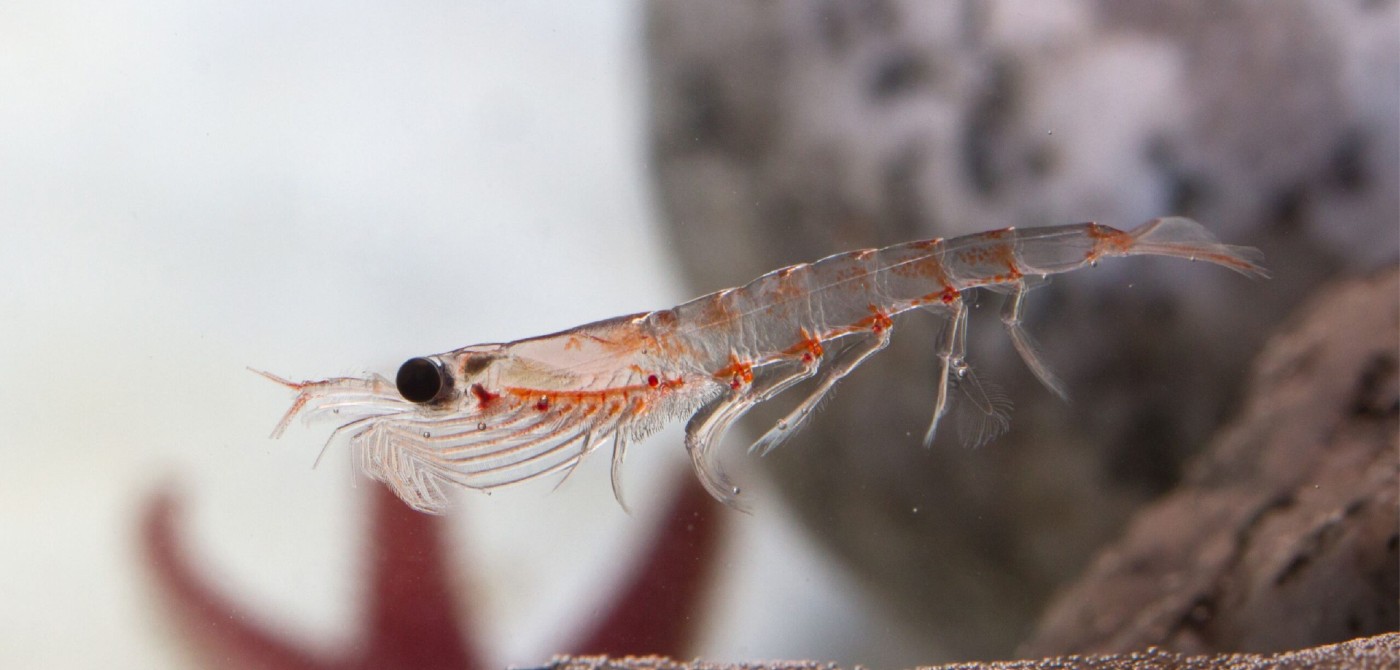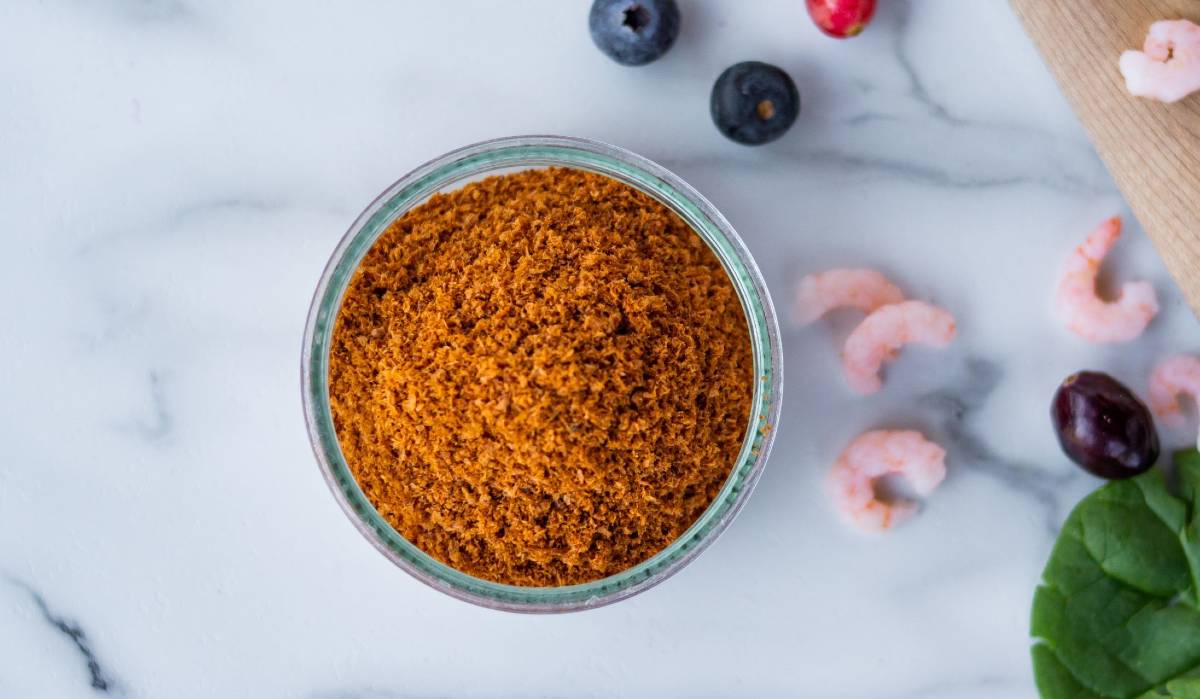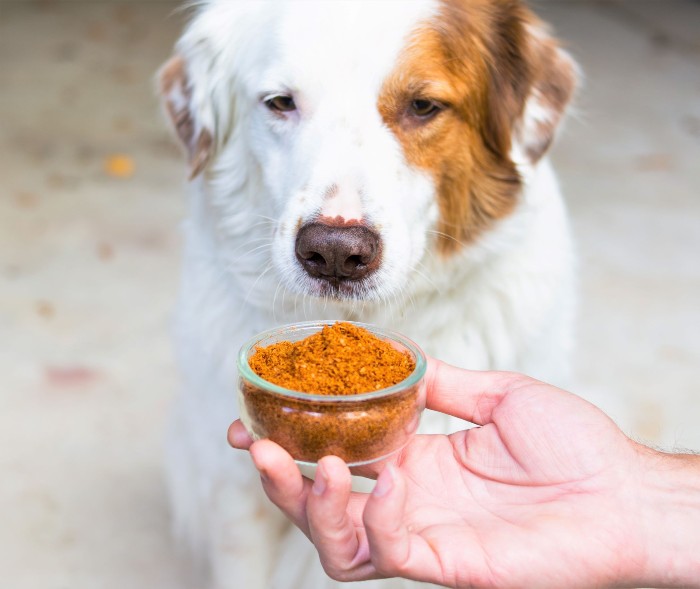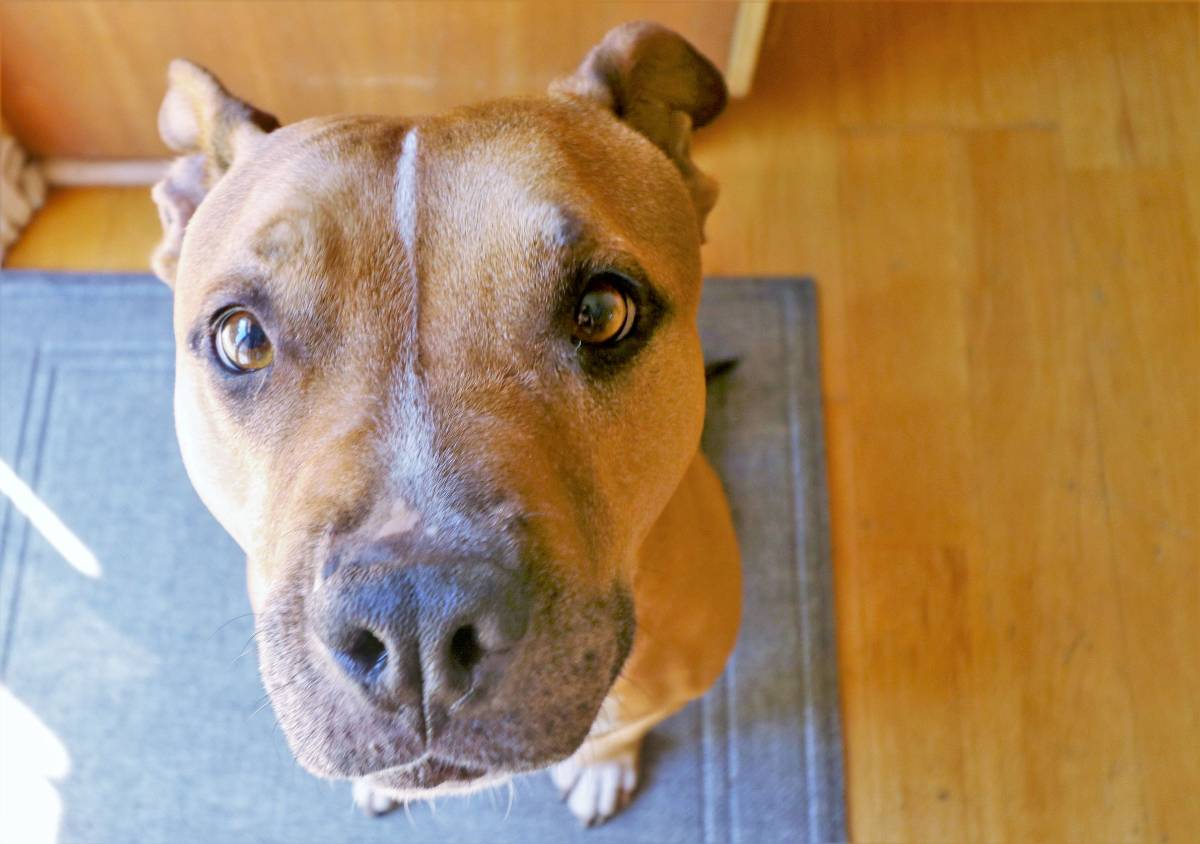Raw beef for dogs? A hearty yes! Not only can dogs eat raw beef, but they should because this lean, savory meat protein offers benefits from tip to tail.
Let’s look at all the reasons why raw beef should be in the bowl.

On the Agenda
Benefits of Raw Meat
Genetically, dogs are designed to digest animal proteins in their raw form. Their ancestors consumed the whole carcass, including muscle meat, bones, tendons, organs, skin, and fur, as a complete meal.
That’s probably not going to happen in your house, but you can add raw beef to the bowl, and you should because real food makes a difference.
Food is functional– Each food we choose to put in the bowl directs, changes, and shapes our animal's health– not just weight or performance but also wellbeing.
Food is the foundation of health: yours and your pets. Consider just some of the benefits whole foods like beef offer your carnivore.
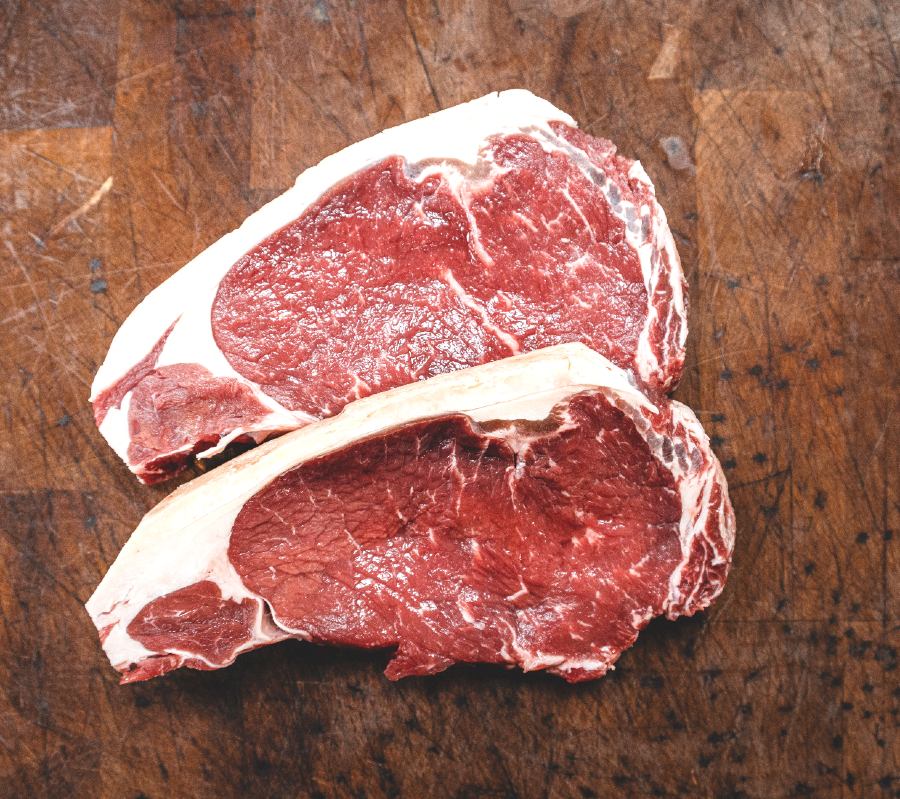
Raw beef offers nutrients like protein, which is the building block for muscles, ligaments, skin, cell maintenance and provides energy for running after a squirrel or chasing a ball. Beef also offers essential fatty acids Omega 3 (EPA & DHA) & 6. Omega 3s nourish and hydrate the skin for healthy skin and a shiny coat. Plus, with its anti-inflammatory properties, omega 3 benefits everything from the heart to the immune system.
Consider this coverage from tip to tail and just one of MANY reasons dogs need essential fatty acids in the bowl.
Not bad, right? Now, let’s take a closer look at your four-legger’s needs.
What Makes Raw Beef a Good Choice?
Your dog, the carnivore, NEEDS meat to thrive.
Think about what dogs ate before they were members of the household. What did generations of animals eat when they roamed apart from us. Surely, they didn’t hunt wild kibble… No, a dog’s biology supports a carnivore’s diet.
Dogs share 99.9% of the same DNA as the grey wolf. As we’ve domesticated animals, we’ve bred them for specific propensities (think hunting or herding) and aesthetics (looking at you pugs), but we haven’t bred out their DNA.
The basic physiology, i.e., their internal anatomy, has changed little since domestication, which also means their nutritional requirements haven’t changed.
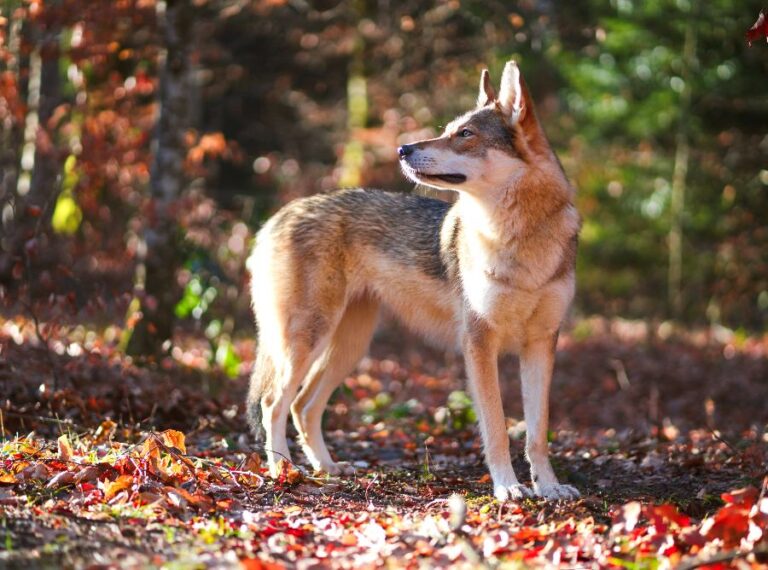
Take a peek inside their mouths–
Large canines and pointed molars meant for ripping and tearing meat from the bone.
Little to no salivary amylase (the enzyme necessary for breaking down carbs) in their mouth.
High acidity levels in their stomach can handle the number of bacteria found in fresh prey.
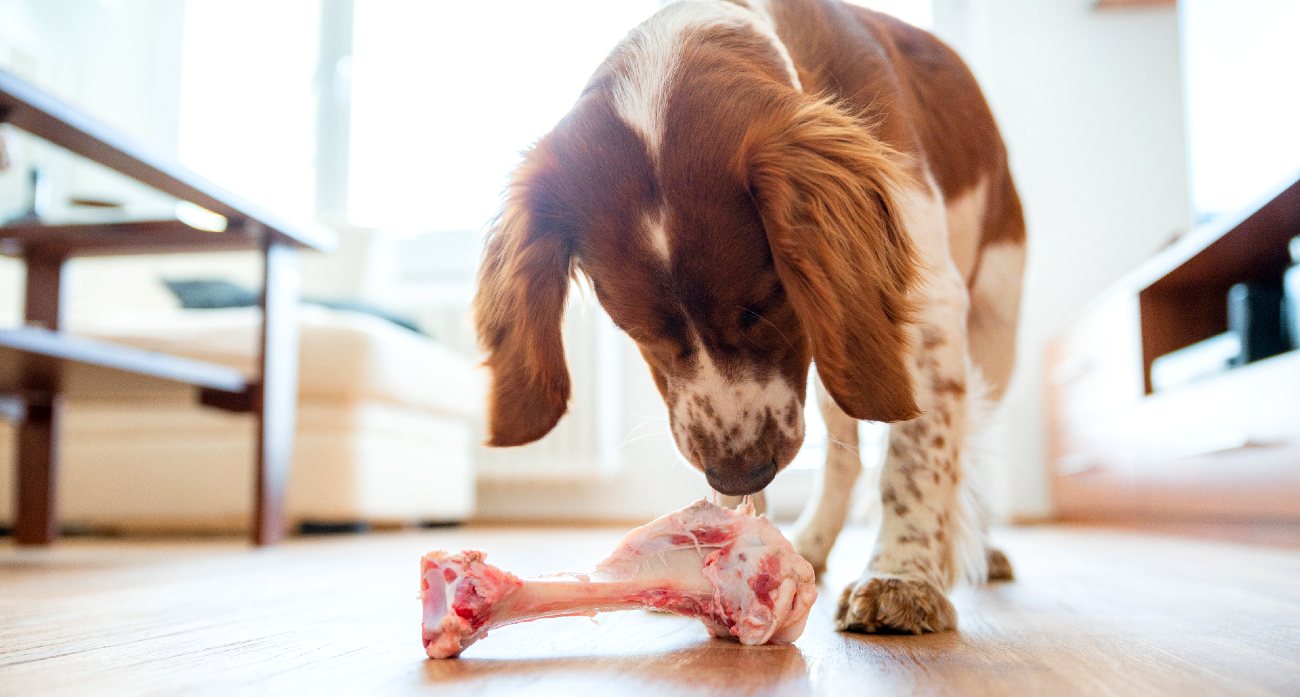
With anatomy like that, a dog’s diet should match.
That means… Meats and organs, about 70-80%
And, of course, a diet low in carbohydrates, no more than 25% or so (but the less, the better) from vegetables, fruits, seeds, even minimal amounts of predigested grains.
But before you add a hunk of raw beef to your carnivore’s bowl and call it dinner, there are a few things you need to know first.
Not All Beef Is Equal
Not all beef offers equal nutritional value. Most animals used in beef production are grass-fed or grain-fed. Your canine companion benefits most from the grass-fed variety, and here’s why.

Omega-3 and 6 fatty acids are essential components of a carnivore diet. Dogs can’t don’t produce them naturally, so we must include them in their daily diets.
What’s more, Omega 3 and Omega 6 have to be balanced to reap the benefits. The target ratio of Omega-3 and Omega-6 should be 1:1 in the diet. This is crucial, so those ears should be at attention, pups.
Too much Omega 6 and not enough Omega 3 can lead to chronic inflammation and ultimately havoc on the body, including diabetes, gut issues, or cancer.
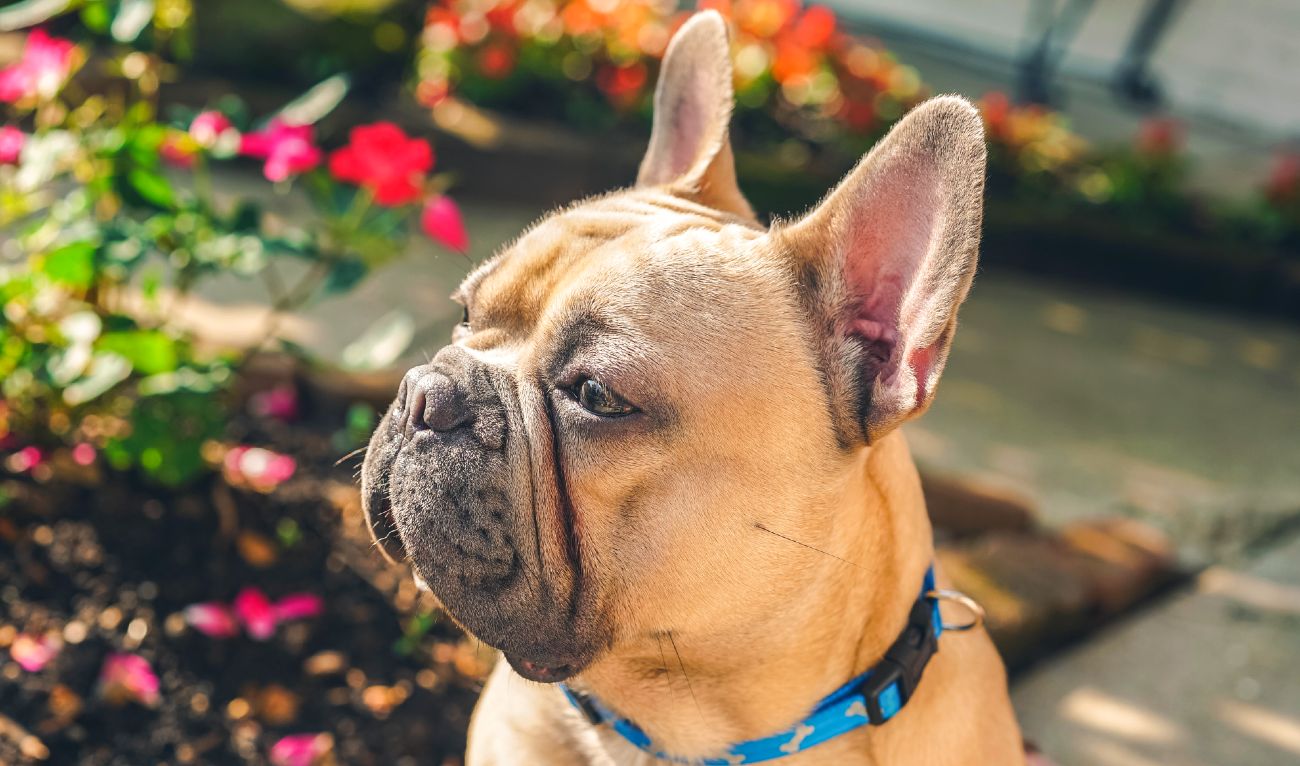
Raw grass-fed beef has a more balanced ratio of omega-3 to omega-6 essential fatty acids. The meat of grass-fed cows contains almost five times the levels of Omega-3 fatty acids than grain-fed cows with higher levels of Omega-6.
And then there’s the fat difference. Grass-fed animals have leaner muscle mass because they’re out roaming the pastures all day and not carb-o-loading. That means less stress-caused oxidation to cells and more nutrients in the muscles and organs.
For Mr. Squishmallow, grass-fed is the superior choice.
Is Raw Beef Right For Your Dog?
Absolutely, dogs have forgiving digestive systems. With higher acidity in their stomachs and shorter intestinal tracts, they can eat raw meat that may harbor salmonella or listeria spores with no problem– and before you panic, some pathogens are completely normal. Remember, we’re talking real, whole, fresh food.

We hoomans have more sensitive digestive systems that allow those bacteria to wreak havoc for us, which is why we’re hyper-aware of naturally occurring pathogens in our food.
That’s not to say a big dose of salmonella or listeria from 4D meats that are contaminated or spoiled wouldn’t cause a problem for your dog. Again, it’s all about choosing high-quality sources.
Any dog who is immunocompromised should avoid raw meats. With a weakened immune system, their body isn’t functioning at 100%, making them more vulnerable to pathogen loads. To not deprive these pups entirely, you could cook the beef lightly or opt for a freeze-dried option.
How Much Raw Beef Can I Feed My Dog?
The amount you dish out depends largely on how you’re using raw beef– as a topping on a meal, feeding as a treat, or switching to a raw food diet.
It’s all about kcals– the number of calories a dog needs in a day based on their activity level and age.
If used as a snack or training treat, 90% of your dog’s daily diet should be nutritionally balanced food. And as difficult as it can be to resist tossing a few extra at snack time, treats should be 10% of the caloric intake.

No matter which way you offer beef, happy tippy taps will commence, but just remember that while a great addition to the bowl, raw beef alone doesn’t serve as a balanced meal for your dog. If you want to incorporate raw beef into their diet, use it as a topper to a meal that is complete & balanced or consider making the switch over to a balanced DIY raw diet.
How Can I Offer My Dog Raw Beef?
Any form of raw beef will get those ears to perk up in excitement, but just be sure to cut into bite-size pieces or small morsels.
Cut up or mince (like hamburger) and add it right to your dog’s bowl for a nutritional boost.
Dogs are just as excited to receive lightly cooked meat as raw, but the cooking process decreases the nutritional benefits, so if tossing raw meat to your dog isn’t your thing, try freeze-dried. It’s as good as raw, retaining almost 100% of its nutrients.
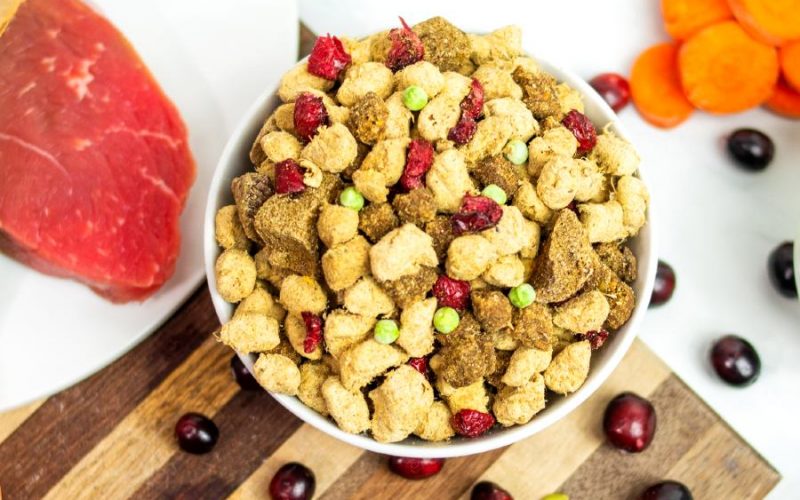
Why Beef Is Just One (Big) Portion Of A Carnivore’s Diet
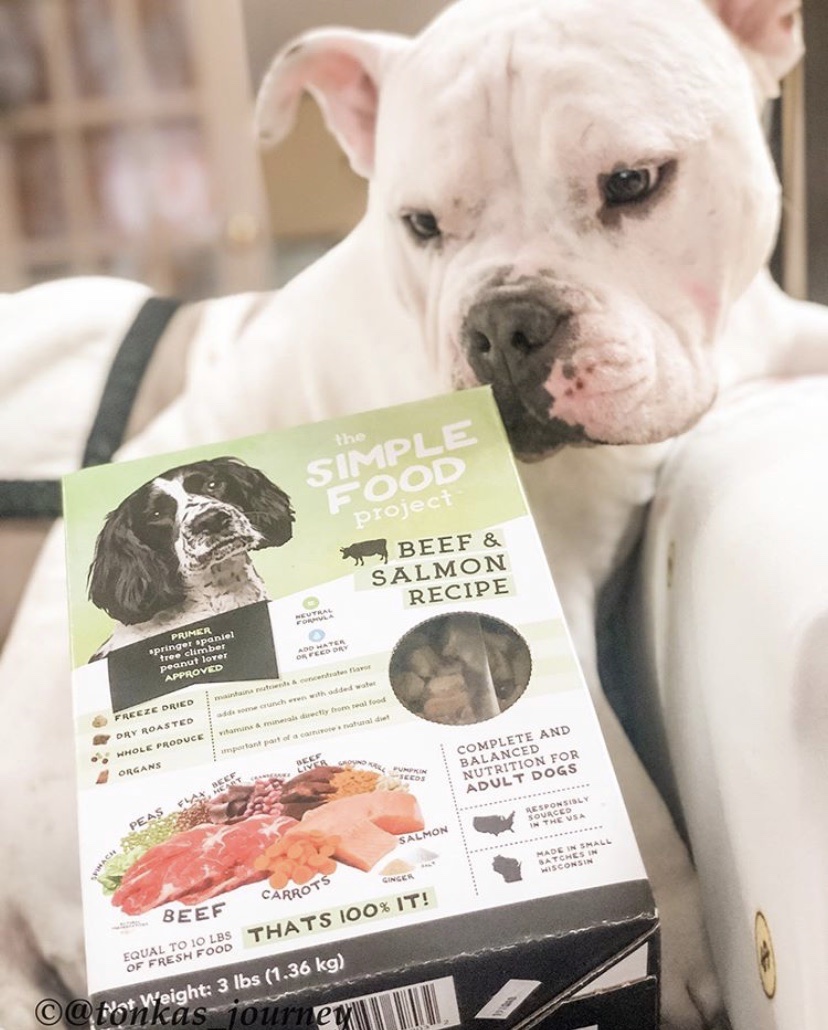
Adding a helping of raw beef to the bowl or tossing in spinach is undoubtedly this mastiff-sized step for your dog’s health, but it is the first step. Beef, foods like spinach, and blueberries should be parts of a whole, comprehensive diet for your dog.
Real, raw whole food ingredients picked for the carnivore:
- high in meat proteins (70-80% per recipe- all USDA inspected)
- low in carbohydrates (15-23% from nutrient-dense fruits, veggies, and seeds)
And the proverbial raw beef on top? Diets like the Simple Food Project’s Beef & Salmon Recipe are already nutritionally balanced with whole foods only (no synthetic vitamins here, folks).
Even if you’re feeding recipes like the above as a topper, you’re providing the most beneficial nutrition– antioxidants, vitamins, and minerals from whole foods, and key nutrients that a dog’s diet cannot get from meat alone (or from kibble for that matter).
It’s real food made especially for your carnivore, making it easy to put the right food on your dog’s plate daily.
Share this Post

Dr. Chris Bessent
Chris Bessent, DVM, MSOM, Dipl. OM, L.Ac. has over thirty years of experience in veterinary medicine including certificates in veterinary acupuncture, veterinary chiropractic and veterinary Chinese herbology. Imbued with Eastern philosophy and the knowledge that food is the foundation of health, Dr. Bessent also received her degree in veterinary nutrition and began to formulate recipes fit for a carnivore from nothing but whole foods. Currently, she divides her time between the Simple Food Project and Herbsmith, both of which are owned and operated out of her facilities in southeastern Wisconsin.

Lynn Guthrie - Content Writer
Lynn Guthrie is a writer focused on improving the lives of cats and dogs. She is pawrent to two dogs and two cats. When not writing, she enjoys traveling the US with her husband in their RV and gardening.

Kayla - Editor
Kayla is the Content Editor for The Simple Food Project. She has a cat named Professor Cat-Faced Meowmers, who goes by Kitty, and a goof of a dog, named Duck. She stays busy biking trails, playing board games, and searching for the next best craft beer.

